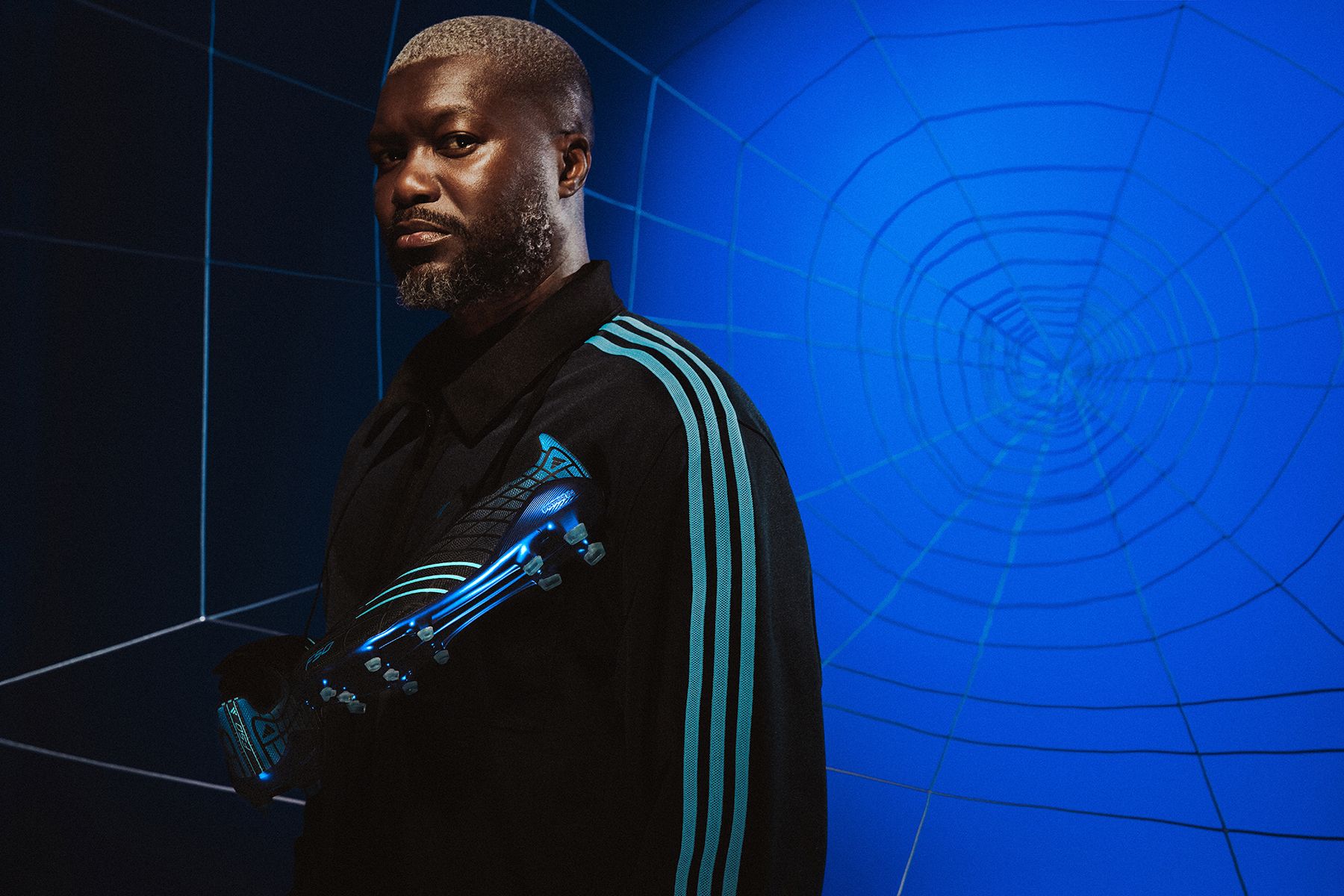Showy milkweed seeds grow. (Laura Lukes/Contributed) Milkweed seeds. (Laura Lukes/Contributed) A new milkweed seed pod grows on A.
eriocarpa. (Kim Schwind/Contributed) Western redbud disperses its seeds in pods that are easy to collect. (Jeanette Alosi/Contributed) Redbud with leaves and seed pods in mid to late spring at Verbena Fields in Chico.

(Laura Lukes/Contributed) Showy milkweed seeds grow. (Laura Lukes/Contributed) The Nature Conservancy excels at native plant restoration and ecosystem stewardship on a landscape-wide scale. By creating, extending and conserving native habitat, they provide permanent and migratory wildlife species the spaces they need in order to thrive.
While most of us can’t restore hundreds of acres at a time, we can establish native habitat, wildlife corridors and migratory stopovers in our yards. The place to start is with native plants that feed and house the wild creatures we aim to attract and protect. And the best way to start native plants is with seeds collected within a 50-mile radius of your local environment.
Anyone under contract to collect native plant seed for The Nature Conservancy knows that the 50-mile radius rule is non-negotiable. Why does this matter? Because these plants have adapted to their specific conditions, including soil types and climate variables. A seed collected close to its intended new home is more likely to thrive than one collected from a different region.
And when you are restoring habitat on a landscape scale.

























